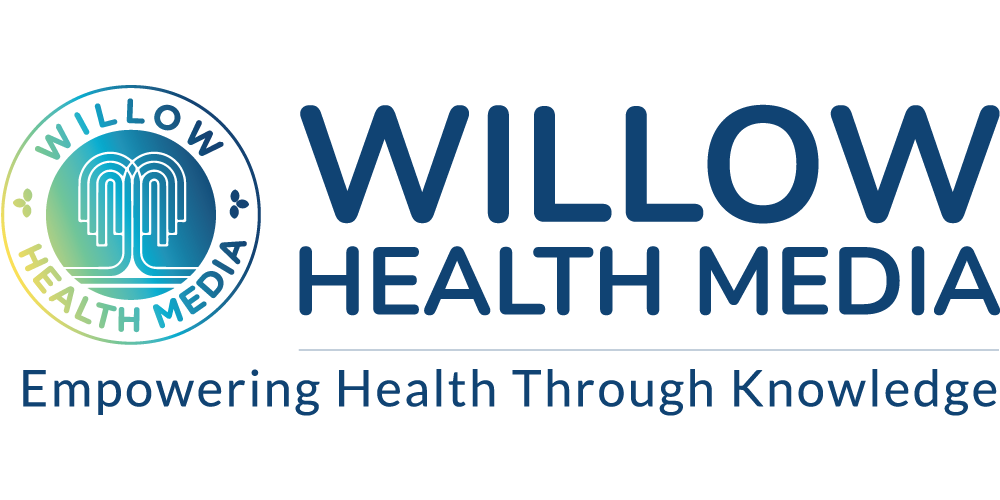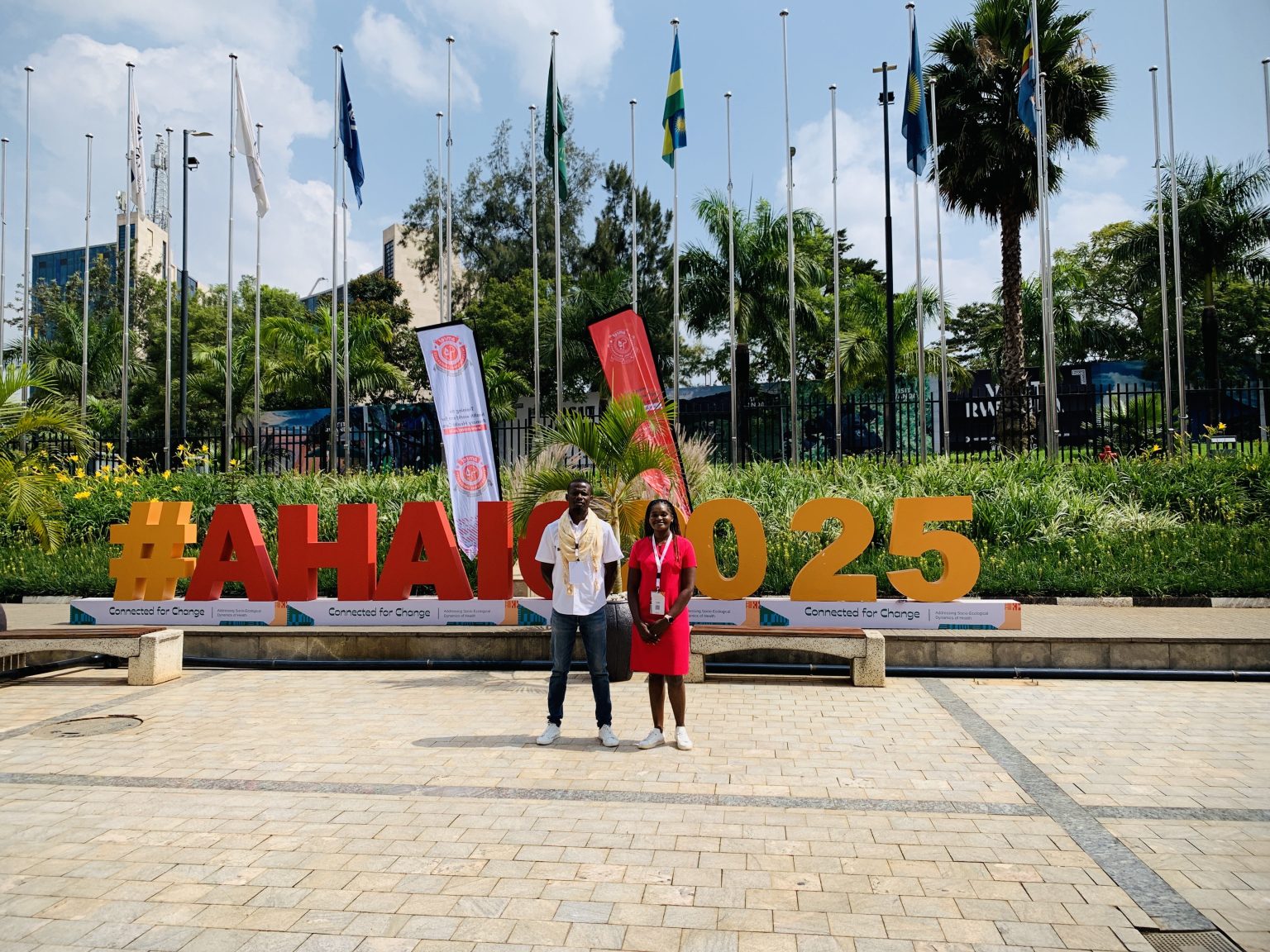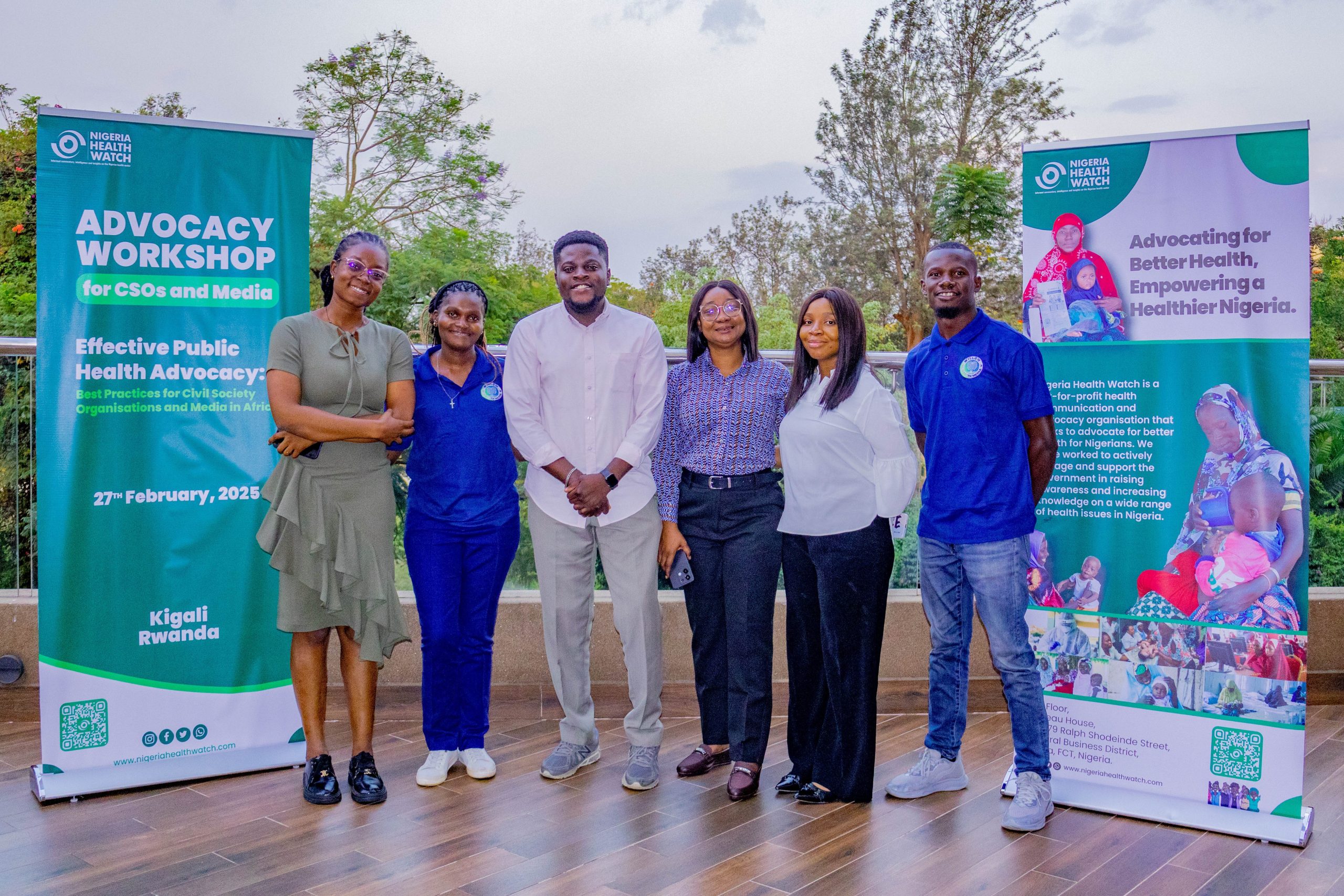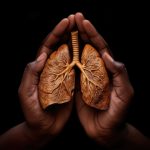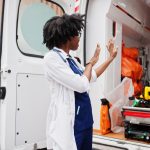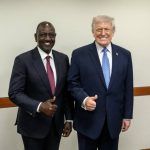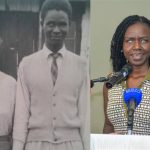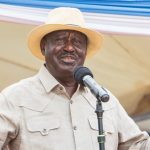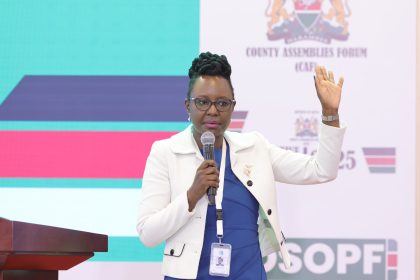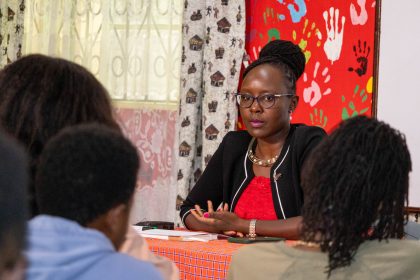We indulged in Rwandese cuisine: brochettes (grilled meat skewers), isombe (cassava leaves in peanut sauce), and akabenz (fried pork)-a name fleshed from Mercedes Benz!
Travel has a way of throwing both roadblocks and red carpets at you, and our trip to Kigali for the Africa Health Agenda International Conference (AHAIC) 2025 did just that.
One moment, we were stuck at the airport, an experience that felt worlds apart from the efficiency of Jomo Kenyatta International Airport (JKIA), where procedures are usually smooth and predictable. We were scrutinized for arriving ‘too early’ and lacking a Rwanda-issued invite, despite having every necessary confirmation.
Days later, we found ourselves in the middle of the conference, where a simple introduction and the mention of Willow Health Media’s Editor-in-Chief, Dr Mercy Korir, instantly opened doors. Dr Githinji Gitahi, CEO of Amref Health Africa, lit up at the name, immediately shifting gears to acknowledge a shared connection.
In that moment, it became clear: bureaucracy may slow you down, but the right relationships will always push you forward.
It all started when we set out for Kigali on February 26, 2025, buzzing with excitement. The plan was to arrive three days earlier to allow for a roundtable discussion with Nigeria Health Watch, get acquainted with the city. But things took an unexpected turn at the airport.
Why are you arriving so early? Where is your official invitation from Rwanda?
With our cameras and gear in tow, Timon Abuna, the Motion Magician and I confidently walked up to immigration and mentioned AHAIC 2025 when asked about our destination: Why are you arriving so early? Where is your official invitation from Rwanda?
We fished out our confirmation emails, but they weren’t enough. A manager was called. After some back-and-forth, we were finally allowed to cross. A reality check: when traveling for work, even the smallest details matter.
The roundtable with the Nigeria Health Watch team, including Ibukun Oguntola and Safiya Shuaibu Isa, the following day, a Thursday, was deeply insightful, touching on critical issues affecting Africa’s health systems. Engaging with thought leaders and experts before the main conference gave us a head start and fluency of key themes of the week ahead.
The next two days were a mix of work and play. We familiarized ourselves with the conference venue, Kigali Convention Centre (KCC), and explored the pristine streets of Kigali: KN 5 Road, KG 7 Avenue, and the bustling streets of Nyamirambo. We indulged in Rwandese cuisine: brochettes (grilled meat skewers), isombe (cassava leaves in peanut sauce), and akabenz (fried pork). By the way, akabenz is from Mercedes Benz meaning fried pork was for moneyed folk. As for grilled meat skewers, just know Rwandese are not big on nyama choma, which is why most Kenyans look for ‘Car Wash,’ a nyama choma joint run by a Kenyan! There are ETR receipts everywhere, including kiosks. Hallo KRA!
Kigali Genocide Memorial Museum was a heavy but necessary lesson in history
Kigali’s cleanliness and orderliness were on another level; the city’s structured transport system, well-maintained roads, and disciplined urban planning made it a stark contrast to Nairobi’s vibrant but often chaotic cacophony. While Nairobi thrives on its fast-paced energy and diverse cultures, Kigali’s meticulous order offers refreshing calm and efficiency.
On Sunday, we took a sobering trip to the Kigali Genocide Memorial, located in Gisozi, a short distance from Kigali’s CBD. It was a deeply reflective experience, seeing the haunting images, reading personal stories, watching archival footage— a heavy but necessary lesson in history. Rwanda’s resilience is truly remarkable. The Museum is free to visit, a reminder that history must be accessible to all. I couldn’t help but recall Kenya’s own painful 2007 post-election violence. Though different in scale and context, both events serve as stark reminders of the consequences of division and the importance of national healing.
Later that afternoon, we attended the AHAIC media briefing, followed by a walk-through of Kigali’s Green Belt, a lush and carefully maintained stretch of greenery running through the city. A serene escape amidst all the concrete urbanity. The belt is lined with pedestrian-friendly walkways, shaded trees, and strategically placed benches, perfect for reflection and casual chatter. As we strolled, the atmosphere was a mix of excitement and anticipation as the city geared up for the main event.
Monday morning started with an insightful banter with the Content Architect, Kamau Mutunga. We outlined the whole week’s AHAIC program and strategized on how best to maximize the opportunities for the most interesting stories. I was then ready to dive, a clear game plan at the ready for the dignitaries and global health leaders. I had one mission: to get insights on how Africa can bridge the funding gap left by the USAID freeze.
Dr Githinji Gitahi had people tugging for a quote, others just a selfie
This meant running between conference halls, spotting key speakers. Everyone was incredibly busy, but I was determined to get answers. I spotted Dr Githinji Gitahi, CEO of Amref Health Africa and a well-known figure in global health.
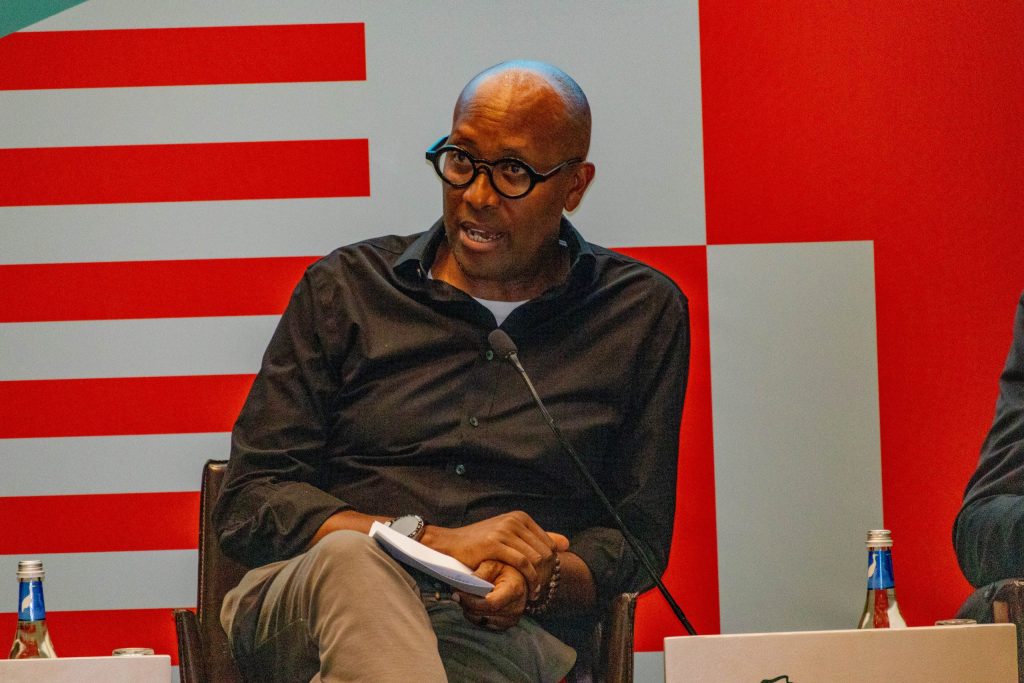
I managed to pull him aside, but he was swamped, people tugging for a quote, others just a selfie. It was finally my turn. I introduced myself, catching his attention: “Oh! Willow Health Media? How is my friend, Dr Mercy Korir?”
Such is the power of connections. One name-drop and doors open. Suddenly, he was fully engaged, willing to share insights and perspectives on Africa’s post-USAID cut funding strategies. It was a surreal but powerful reminder that personal relationships are everything.
Beyond the conference, Kigali left a lasting impression. The city’s efficiency, discipline, and warmth made the experience more memorable. From the structured roads and spotless streets to the deliberate efforts towards sustainability, it was clear why Rwanda continues to stand out as a model for urban development in Africa.
We couldn’t help but reflect on the week’s experiences on our flight back home: the lessons learned, connections made, the inspiration drawn from an African city rewriting its own story. AHAIC 2025 was more than just a conference; it was a masterclass in the undeniable power of a NAME.
